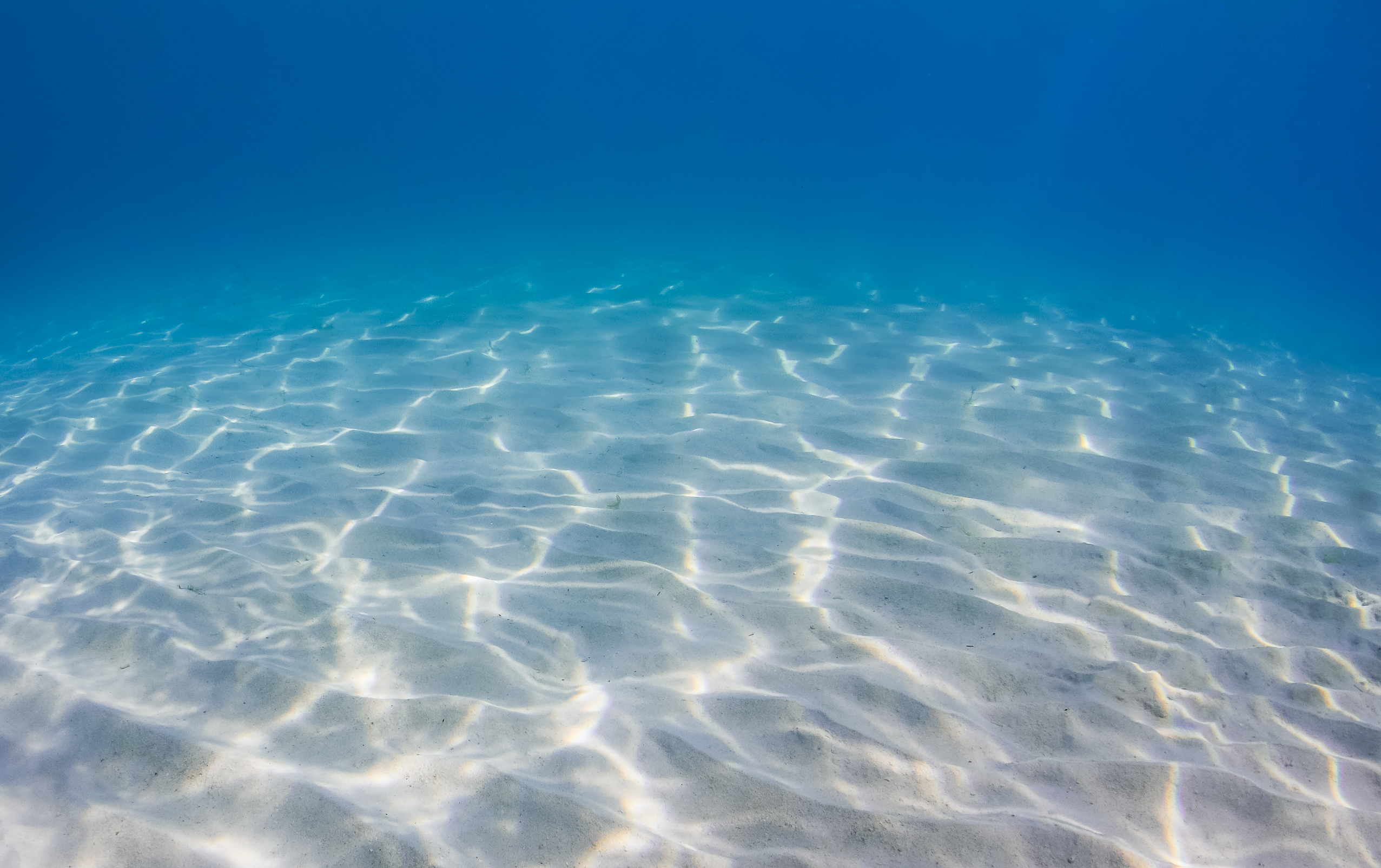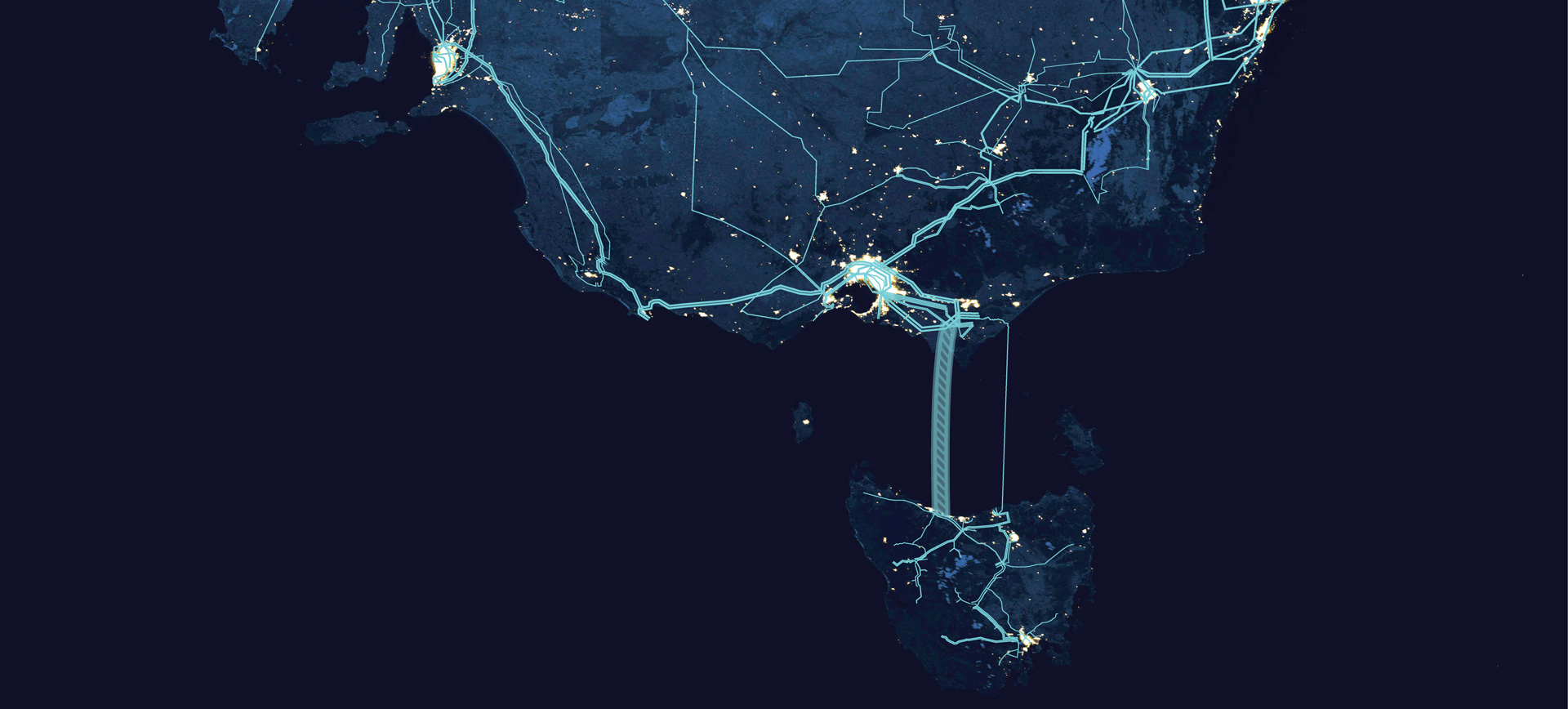Commonwealth approvals
Environment Protection and Biodiversity Conservation Act 1999
The Environment Protection and Biodiversity Conservation Act 1999 (EPBC Act) is Australia’s national environmental law. It ensures internationally and nationally important plants, animals, habitats and places are protected and managed as ‘matters of national environmental significance’. As the project is located within an Australian marine area and has the potential to have an impact on matters of national environmental significance, the project was referred to the Australian Environment Minister to determine whether assessment and approval is required under the EPBC Act.
A delegate of the former Commonwealth Minister for Environment determined in November 2021 that the project (EPBC 2021/9053) required assessment under the EPBC Act through an Environmental Impact Statement (EIS) due to the potential for significant impacts to:
- Listed threatened species and communities (section 18 & section18A);
- Listed migratory species (section 20 & section 20A);
- The environment of the Commonwealth marine area, or the environment as the project would take place in a Commonwealth marine area (section 23 & section 24A).
The Department of Climate Change, Energy, the Environment and Water (DCCEEW) is responsible for administering the EIS process on behalf of the Minister. DCCEEW developed EIS Guidelines for the preparation of a draft EIS which included guidance on the extent of studies and investigations required to adequately assess the impacts of the project. The draft EIS was prepared in accordance with the EIS Guidelines.
A combined draft Commonwealth EIS under the EPBC Act and Victorian Environmental Effects Statement (EES) under the Environment Effects Act 1978 (EE Act) was prepared through a coordinated process and published for comment on the Marinus Link website from 31 May 2024 to 12 July 2024. During this time, members of the public were invited to read and make submissions on the draft EIS under section 103(1)(c) of the EPBC Act.
Following the exhibition of the draft EIS, an Addendum has been prepared which addresses the requirements of section 104(2) of the EPBC Act including taking into account any comments received within the period for comment and provides a summary of any such comments and how these comments have been addressed. The EIS Addendum also provides a summary of additional or updated information provided to the Victorian and Tasmanian regulators to address their assessment requirements and to respond to public submissions, where relevant.
The finalised EIS under the EPBC Act comprises the draft EIS, the Addendum, and their attachments and appendices can be viewed here.
Following the submission of the finalised EIS and final assessment, DCCEEW issued approval for the Marinus Link project to be constructed and operated under certain conditions on 28 July 2025. Further details can be found on the EPBC Public Portal.
Victorian approvals
Environment Effects Act 1978
The Environment Effects Act 1978 (EE Act) provides for the assessment of proposed projects deemed capable of having a significant effect on the environment. Desktop studies indicated that the project is capable of having a significant effect on the environment and as such was referred to the Victorian Planning Minister to determine whether assessment is required under the EE Act.
On 12 December 2021, a delegate of the Minister determined that the project is required to prepare and be assessed through an Environmental Effects Statement (EES). The Minister’s assessment will be used to inform approval decisions by regulators in Victoria, such as the Planning Minister’s decision on the draft Planning Scheme Amendment (PSA) under the Planning & Environment Act 1987.
The Department of Transport and Planning (DTP) is responsible for administering the EES process on behalf of the Minister. The EES describes potential environmental effects of the proposed project and outlines how to manage environmental effects. The matters to be investigated and documented in the EES are set out in Scoping Requirements issued by DTP. The EES has been prepared in accordance with the scoping requirements.
A combined draft Commonwealth EIS under the EPBC Act and Victorian EES under the EE Act has been undertaken through a coordinated process and can be viewed here.
From 31 May – 12 July 2024, Marinus Link’s EIS/EES and draft PSA were on public exhibition. During this time, members of the public were invited to read and make submissions on the documents. Following the EIS/EES public exhibition, on 17 July 2024, the Victorian Minister for Planning appointed an independent Inquiry and Advisory Committee (IAC) to consider the EIS/EES, public submissions, and to conduct a public hearing regarding the EES and draft PSA. The hearing commenced on Thursday, 19 September 2024, and concluded on 10 October 2024.
On 18th May 2025, the Minister for Planning issued their final assessment of the environmental effects of the project under the EE Act. The Minister’s assessment concluded that the Marinus Link project can proceed with acceptable environmental effects and provided recommended refinements to environmental management for adoption. For further information on the Victorian Minister’s assessment, click here.
The Victorian Minister’s assessment is used to inform key approvals required under Victorian legislation including the PSA for amendment to the Latrobe and South Gippsland Planning Schemes to apply a Specific Controls Overlay to areas where the project is proposed within Victoria (on land), consent under the Marine and Coastal Act 2018 for use of marine and coastal Crown land, and approved cultural heritage management plans under the Aboriginal Heritage Act 2006.
A request to prepare, adopt and approve amendment GC217 to the South Gippsland and Latrobe Planning Schemes was submitted to the Victorian Minister for Planning on 13 June 2025. This amendment applies a Specific Controls Overlay (SCO3) and introduces a new Incorporated Document and was approved on 21 August 2025 and published in the Victora Government Gazette on 12 September 2025
As referenced in the Incorporated Document, the project’s Environmental Management Framework (EMF), which sets out binding Environmental Performance Requirements (EPRs) and forms the basis for managing environmental impacts during construction and operation, has now been formally endorsed by the Planning Minister on 28 October 2025.


Follow us on our socials